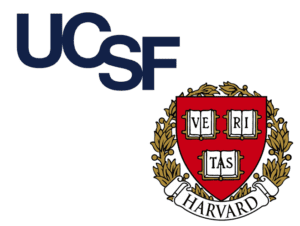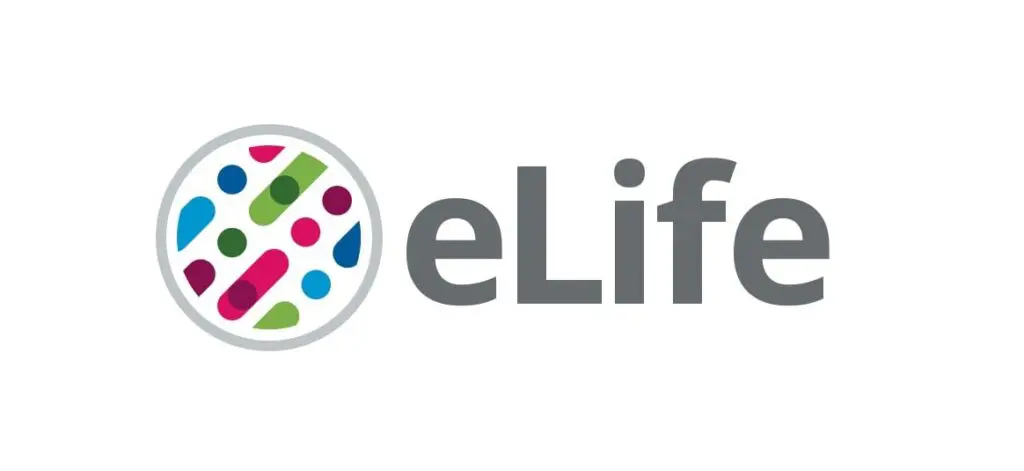Timeframe: 2019 – 2022
Goals: Investigate the potential of AURKA inhibitors for FLC treatment
Principal Investigators: John Gordan, MD, PhD (UCSF) and Nabeel Bardeesy, PhD (MGH)

Study overview: Even though the DNAJB1-PRKACA gene fusion is sufficient to trigger fibrolamellar liver cancer (FLC), no treatments directed at this target are clinically available. Most FLC patients receive chemotherapy and no PKA inhibitors are currently in clinical use.
In previous work, the study team mapped the signaling cascade downstream of PRKACA in FLC and other tumors. This analysis highlighted Aurora Kinase A (AURKA) as a key mediator of oncogenic growth. AURKA is best known for regulating the cell cycle, but also promotes cell survival and the expression of oncogenic genes (i.e., those that contribute to cancerous growth). Most conventional AURKA inhibitors fail to strongly inhibit the growth of human FLC cells.
This finding is consistent with limited activity observed with such drugs in clinical trials. However, a new class of AURKA inhibitors have emerged that are designed to disrupt its interaction with the Myc family of oncoproteins, which are critical drivers of many cancers. The team believed that that AURKA-mediated stabilization of MYC is necessary to maintain growth of FLC cancer cells, and that one of these new AURKA inhibitors could potentially reduce the proliferation of FLC cells.
Although these new AURKA inhibitors are not yet ready for human use, this study aimed to understand if they are likely to be effective for FLC and whether they work well in combination with other available drugs. Their effort planned to assess the activity and mechanism of action of these AURKA inhibitors in FLC laboratory models, including human tumors grown in mice, with the goal of identifying a drug in this class that could be advanced to clinical testing in FLC patients.
Key Findings: The authors reported that the inhibitor of AURKA (alisertib) did not show any effect on Myc protein levels in FLX1, a patient-derived cell line of FLC. They also reported that the combination of alisertib with an inhibitor of Pim had a mild effect on reducing MYC levels (the Pim kinase acts along with Myc during the formation of a tumor). However, the combination had no effect on cell viability.
The authors then focused on identifying other mechanisms of regulation of MYC family of oncogenic factors to identify strategies to selectively target it. It was observed that PKA stimulation increases phosphorylation of a translation factor, eIF4A, thereby increasing its activity and causing rapid cell proliferation. This suggested that PKA effects on the initiation of transcription (via eIF4A) might be responsible for its induction of c-MYC expression and increased cell proliferation. Consistent with this, the inhibition of eIF4A with the natural product rocaglamide, or its clinically used derivative zotatifin (now being investigated in clinical trials for other cancers), significantly reduced c-MYC protein levels and potently inhibited proliferation of a fibrolamellar cell line (FLX1).

This work was completed in collaboration with another FCF grantee, John Scott of the University of Washington. An article summarizing the work was published by eLife in January 2023. The full text of the publication can be read here: https://prod–journal.elifesciences.org/articles/69521.
Implications: This study established a clearly defined mechanism of MYC regulation by PKA. It also identified compounds currently in clinical trials that can selectively disrupt this mechanism of MYC activation. In the next steps for this investigation, these compounds will be tested in patient-derived organoid models.
